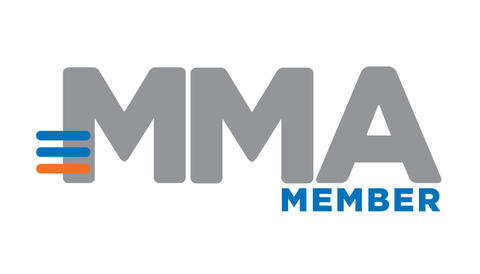May 30, 2014
Submitted by Nimbletank
Launched in 2010 real time bidding (RTB) essentially the automation of buying and optimising digital media campaigns in real-time, through an auction between the buyer and seller. RTB has totally revolutionised the way in which we buy media. Previously planner buyers would decide what ad inventory to buy and go direct to the media owner. Now, with RTB, we are able to be much more flexible with the inventory we buy and are seeing more efficient outcomes. The question is, will the industry fully embrace this buying model and what does it mean for the future of media buying?
There is no doubt that RTB is gaining momentum in both web and mobile. We have seen spend through this channel increase rapidly over the last fours years. Over $1.3 billion has been invested into RTB platforms with over half of this in the last two years, and 20% of this in mobile. However, in reality, it is still a largely unknown quantity with agencies and brands alike still trying to get to grips with it.
Looking at RTB and mobile specifically, there are still some fundamental issues slowing down adoption.
- There is a knowledge gap around online RTB, let alone mobile. Agencies and brands still have a way to go before the majority become confident in the workings of RTB.
- There is a cluttered marketplace, with too many media owners claiming to have an offering. In the past some media owners have launched new platforms and services too early, resulting in poor performances and a detrimental effect on the mobile industry.
- Mobile itself is still very fragmented; several brands don’t even have a mobile offering yet let alone a fully-fledged trackable and tagged site.
- Mobile programmatic is a few years behind online, with supply of inventory still being an issue. Due to this shortfall most advertisers are only running standard Direct Response campaigns meaning creativity falls short.
The good news is that brands and agencies now expect more from mobile, which in turn is pushing media owners to integrate rich data, better creative and more tech onto their platforms. We know that RTB works, automated bidding models and algorithms can vastly improve performance and returns, as long as the campaign and creative are executed correctly.
So, what does the future hold for RTB? Brands and agencies are looking for four things: accountability, learnings, insight and data. All of which are key benefits that transitioning from manual media buying to programmatic platforms can bring. It offers complete control over the performance of a campaign. You can monitor results in real-time and adjust certain elements based on data or insights as you go. RTB means more efficient spending and ensures that there are no more wasted impressions. This means that campaign goals can be reached quicker. Ultimately it offers more targeted campaigns, which equal better results.
The next step will be offering better, richer creative solutions. Agencies need to start moving away from standard banners, and start integrating rich media that is personalised to the consumer. The technology is there, it just needs to be integrated.
Some insiders have commented that the rise in RTB could mean the end for media planner buyers. We’re not so sure. It’s true that media planner buyers are being replaced with maths and science geeks. And there will be a noticeable shift with trading desks taking over from our brand planners. However, there will always be a need for strategy, which machines simply cannot deliver.
Given time RTB will take over traditional buying. GP Bullhound anticipate that the majority of global online display advertising will eventually be traded programmatically with more than 50% via RTB. The industry is gearing up to mass-market adoption, there are already a number of RTB players out there driving a wave of consolidation. We now need to work on educating the advertisers and publishers to start thinking differently about this technology and start using mobile programmatic to its full potential.
Rhoanna Glenn
Media Practice Lead
Nimbletank

